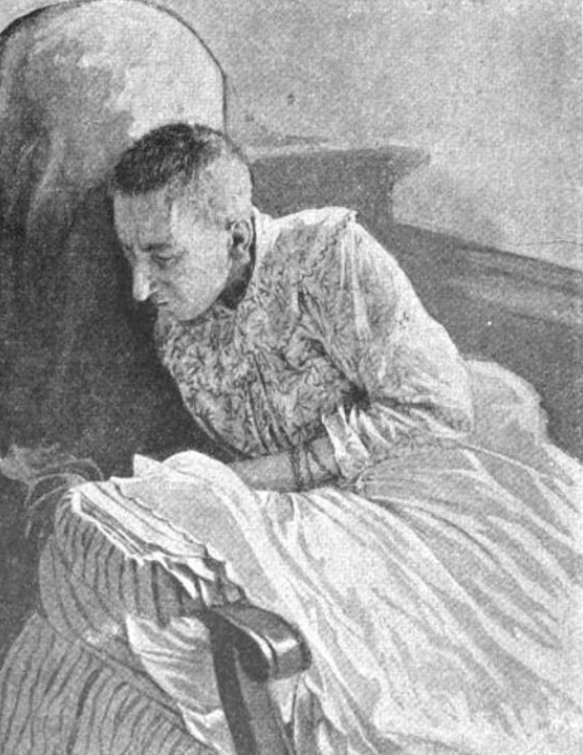In 1901, a frightening letter came to the Paris Attorney General’s office. It told them that Blanche Monnier, a woman from a well-known family in Poitiers, France, had been locked up in a small attic room for 25 years. The letter said that Blanche was “half-starved, living on a putrid litter,” and that everything around her was dirty.

Blanche was born in 1849 into a middle-class family that was very conservative. Madame Louise Monnier, her mother, was famed for her charity activities, but there was a dark conspiracy going on behind the scenes. When Blanche fell in love with a man her family thought was bad for her, her mother did something really serious. She put Blanche in the attic and planned to keep her there until she broke up with her. But Blanche’s determination and her mother’s intransigence turned a short-term fix into a nightmare that lasted for decades.
The Find

On May 23, 1901, the police got an anonymous letter that led them to the Monnier villa. They faced opposition when they got there, but they eventually broke in. The smell was so bad that when they opened the attic door, they saw Blanche, who was thin, skeleton, and surrounded by dirt. She weighed only 55 pounds, and her hair was greasy and matted. The cops’ description of the scene is chilling: a woman laying naked on a decaying straw mattress, covered with bugs and faeces.
The Aftermath

Louise Monnier, Blanche’s mother, was arrested and admitted to keeping her daughter locked up. She said it was to keep Blanche from marrying a man she thought was wrong for her. Louise wouldn’t let her daughter go even after Blanche’s beloved died in 1885. Louise died of a heart attack in prison just 15 days after being arrested, which changed the case in a big way. Blanche’s brother Marcel was charged with helping his mother but was ultimately found not guilty [1].
What Blanche Monnier Left Behind

Blanche’s story shows how strong and resilient the human spirit can be. She was in prison for 25 years, but she stayed clear-headed and happy about basic things like inhaling fresh air. Many people have been moved by her narrative, which has led to books and documentaries. La Séquestrée de Poitiers, a work by André Gide from 1930, presented her narrative again, making her position in history even more solid. We should remember Blanche Monnier’s bravery in the face of terrible circumstances. Her narrative still inspires and haunts us today.






